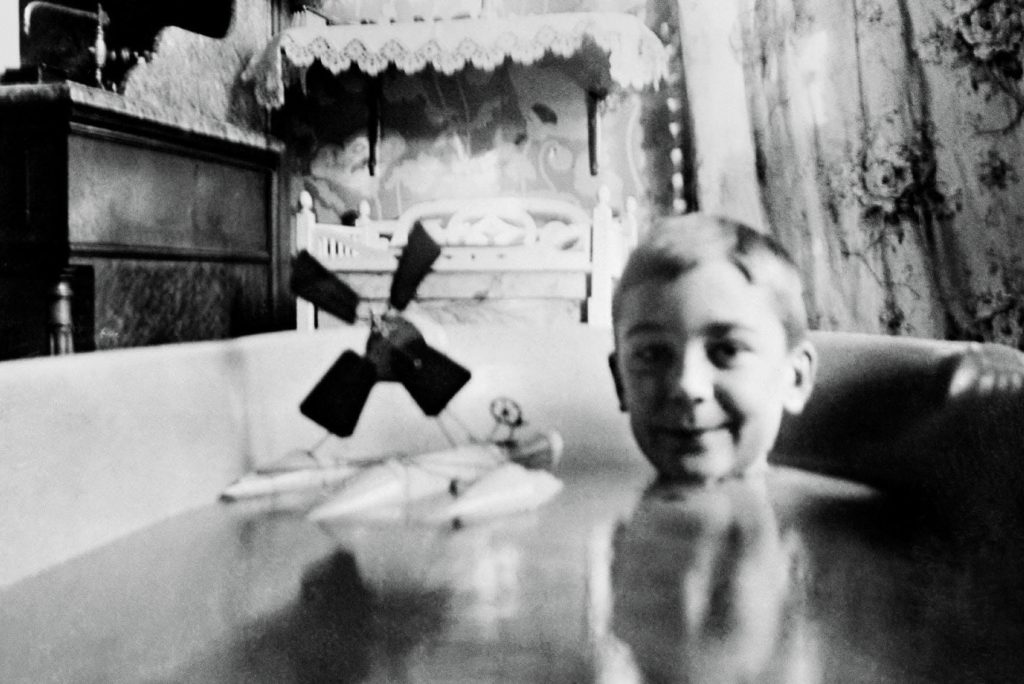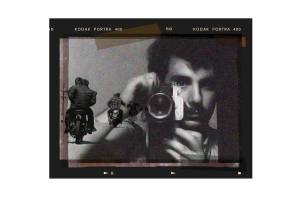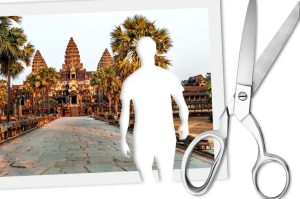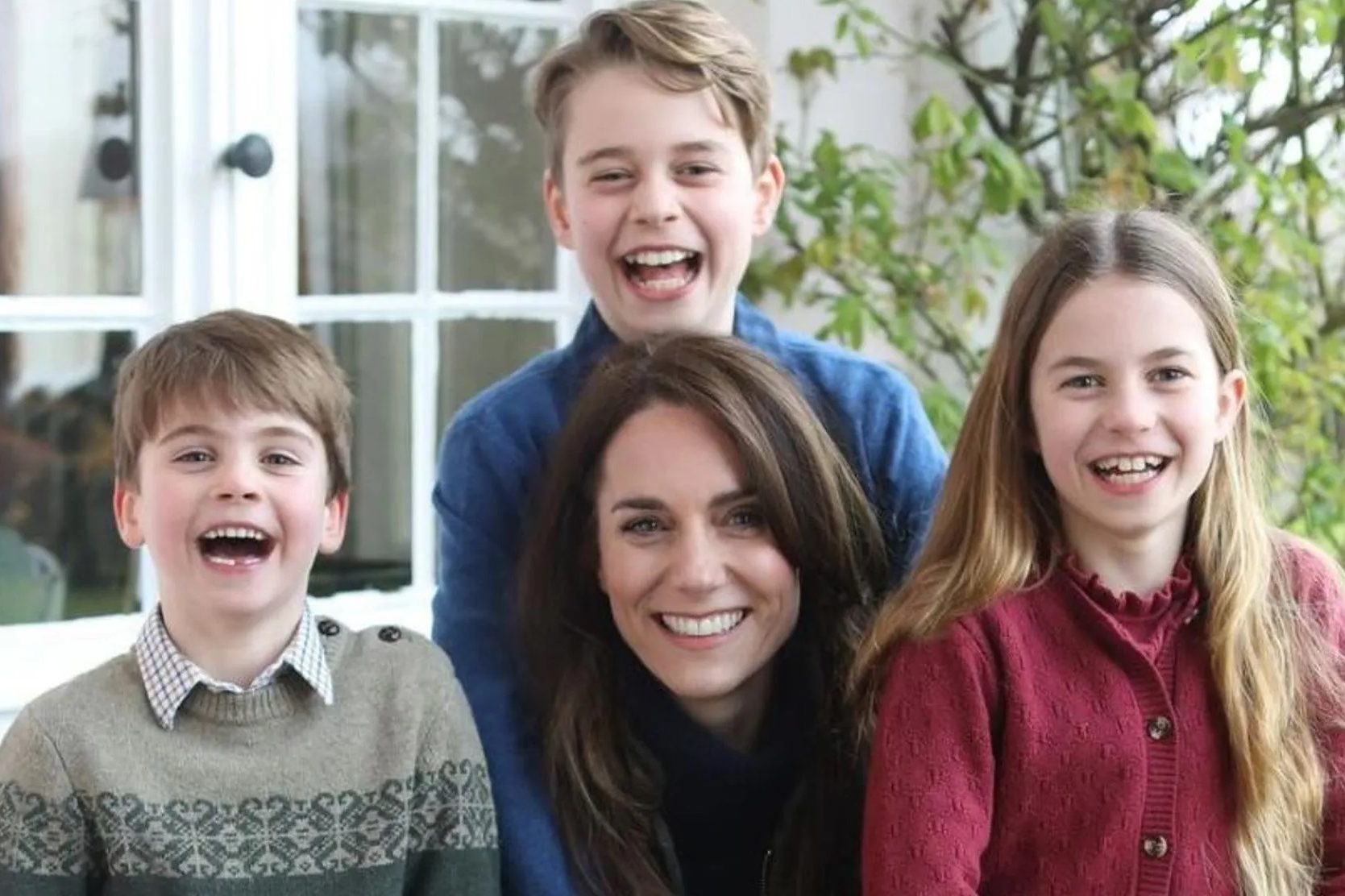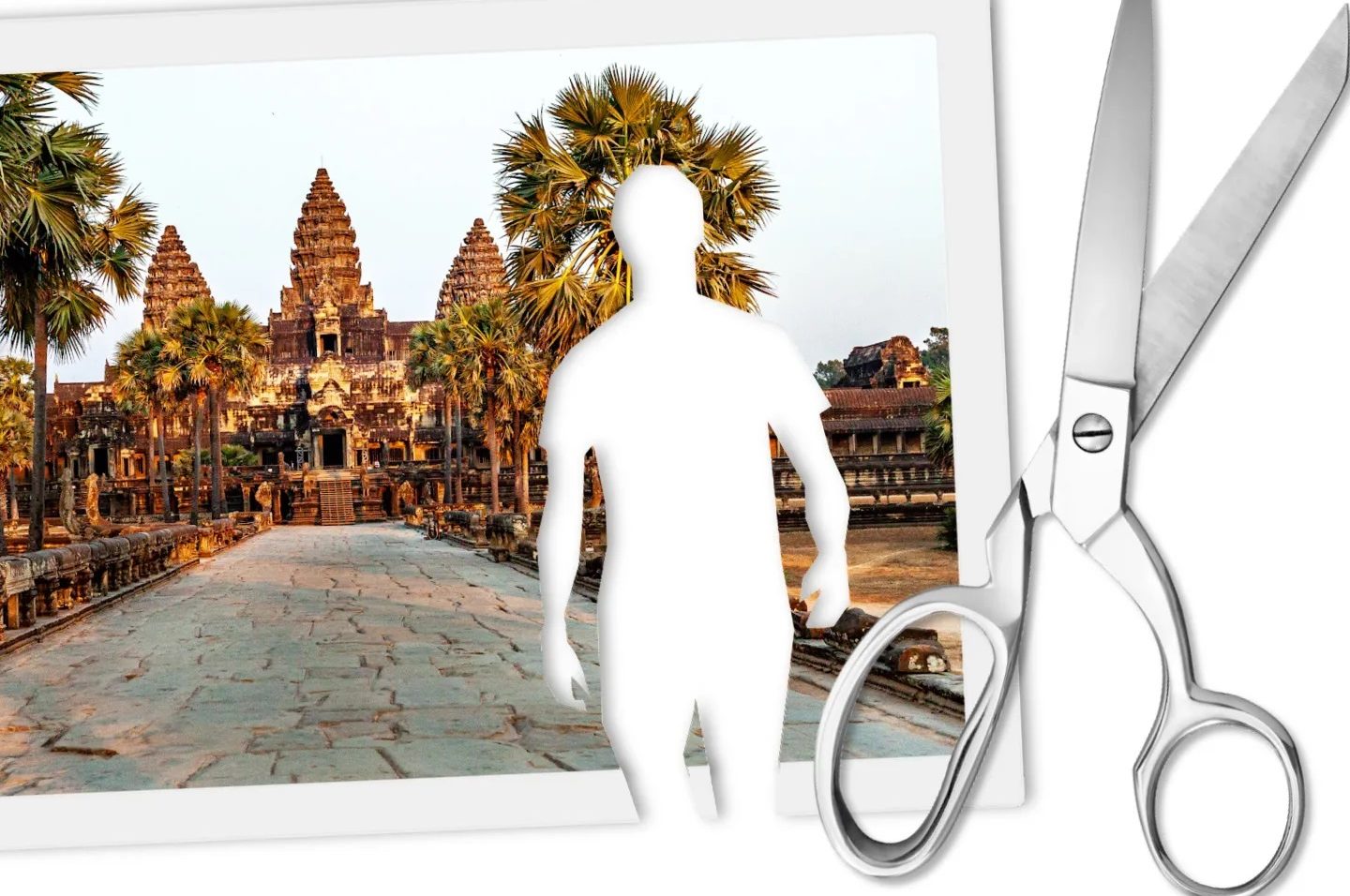What must it be like for an artist to achieve success only at the end of a long, relatively ignored career? The word ‘bittersweet’ seems particularly apt. Yet late recognition is better, I suppose, than dying in oblivion like Vincent van Gogh, Franz Kafka or John Kennedy Toole.
One of my favorite photographers, Jacques Henri Lartigue (1894-1986), did manage to savor the sweet smell of success in his old age. Lartigue’s late flowering was down to New York’s Museum of Modern Art and its then director of photography, John Szarkowski. There’s a very good argument to be made that, during Szarkowski’s tenure at MoMA (1962-91), his shows transformed 20th-century photography. In the 1970s, by giving museum space to commercial photographers such as Irving Penn and Richard Avedon, Szarkowski redefined what was regarded as serious ‘art photography’. Suddenly all doors were open.
Szarkowski put on an exhibition of Lartigue’s early photographs in 1963. I have a copy of the actual MoMA catalogue, a flimsy document with somewhat sub-par reproductions. Lartigue was almost 70 in 1963 and totally unknown outside a
limited circle in France. In the 1920s and 1930s, he had tried and failed to achieve success as a painter. The Lartigue family fortunes had been radically diminished by the Wall Street crash and World War Two. In the 1950s, Lartigue started selling his photographs to magazines as a way of making money.
The MoMA exhibition was small — only 40 photographs or so — and confined to the photographs that Lartigue had taken as a child and an adolescent in France in the first decade of the 20th century. The show was, however, a massive hit and made Lartigue’s name. Szarkowski’s curation was very specific. Lartigue’s photographs were of a lost world — half a century in the past. They were snapshots of the beau monde at the races and strolling in the Bois de Boulogne, or else images of the haut-bourgeois Lartigue family at play, reflecting their passion for sport —tennis, swimming, soap-box racing, automobile rallies, early flight. To New Yorkers in 1963 it was as if the world of Marcel Proust was suddenly figured on the walls of MoMA. The boy with a camera — Lartigue — had miraculously been in the right place at the right time. The photographs were inevitably seen as wonderful, spontaneous reportage — and they still derive much of their appeal from the privileged glimpse of that vanished world before the cataclysm of World War I arrived — but that classification is to do them an injustice.
Szarkowski, in his introduction to the catalogue, accentuated Lartigue’s ‘innocence’ and ‘spontaneity’. He even went so far as to describe Lartigue as a ‘true primitive’. This was part of Szarkowski’s agenda to change the concept of art photography, paving the way for the so-called ‘snapshot aesthetic’ that came to dominate contemporary American photography (Garry Winogrand, Lee Friedlander, Robert Frank, William Eggleston et al). Lartigue was being presented and lauded as a naive precursor, but this was all wrong.
Lartigue wasn’t just a lucky kid with a box camera. The images he produced throughout his life are totemic — and you can’t keep on doing that as a matter of happy accident. There was a searching photographic brain at work, one that continued working in the decades that followed World War One, with the same brilliant results.
Louise Baring’s new, copiously illustrated book on Lartigue’s early photography — Lartigue: The Boy and the Belle Époque — explores this first period of Lartigue’s long career. Baring engagingly sets out the context of the Lartigue family and supplies pocket biographies for the figures — parents, siblings, cousins, servants, tutors — who populate Lartigue’s photographs. She also describes the historical context for photography at this time.
[special_offer]
Technological advances had made cameras smaller and cheaper, film was easy to load and develop at home — the cumbersome apparatus of plate photography, with its long exposures and its noxious chemicals, was passé. At the beginning of the 20th century, photography had become democratized and everyone with a camera was snapping away. Just like Lartigue. Baring recognizes that Lartigue was not some guileless innocent, camera in hand, but in fact part of a larger movement. People had become fascinated with the camera’s unique ability to stop time. The camera was a stop-time device par excellence, and the thrill of halting and freezing movement in mid-step, or of suspending a diver a meter above the water of a swimming pool, was a favorite photographic trope of the era. Lartigue was following a fashion, not creating one. Though, it has to be said, he seemed to do it better than anyone else. And one of the reasons for this was that, first and foremost, he wanted to be a painter, not a photographer.
The factors that make a photograph striking, that make it resonate and endure as a work of art, are best analyzed using the tools of fine-art composition: the law of thirds, the rabatment of the rectangle, the golden ratio and so forth. These reveal a photograph’s secret geometry, the careful use of proportion and disproportion, the juxtaposition of crowded space with empty space, the placement of figures within the frame. The more achieved the composition, the more achieved the photograph. All the Lartigues that have entered the canon are formal masterpieces in this way, far from unwitting clicks of the camera.
Louise Baring’s useful conspectus ends in 1914, but anyone who wishes to seek more information about Lartigue should check out Kevin Moore’s superb Jacques Henri Lartigue: The Invention of an Artist. The photographs Lartigue took later in his life all exhibit the same snapshot quality of this early work — this ‘spontaneity’ as Szarkowski would describe it — but with increasing sophistication.
After the 1963 MoMA exhibition Lartigue’s life changed forever. The photographs from the show were reproduced in Life magazine and Lartigue, as today’s vernacular would have it, went viral. Though, it must be said, the photographs from this final stage of his life — he moved into color — rarely have the same impact. All the same, it is an astonishing body of work, starting in 1903 (when he was seven) and stretching on for more than four decades (his photographs of the liberation of Paris in 1944 are stunning), and amid the thousands of photographs are dozens that remain among the most memorable images in 20th-century photography.
Many great photographers — giants of the form — have downplayed the importance of their photography. One thinks of Man Ray, Brassaï, Laszlo Moholy-Nagy and even Cartier-Bresson and Saul Leiter. They would all have preferred to have been known as painters. Even Lartigue, when offered the Légion d’Honneur late in life, said he would rather be described as a painter than as a photographer. It seems perverse, given that it was photography that had made their respective names. The reticence is partly to do with the awkward relationship that photography has with art — always the poor cousin. Yet they did all benefit from a painterly eye; they sensed when that image in their camera lens cohered. Click. And there was no greater exemplar than Jacques Henri Lartigue.
Louise Baring’s Lartigue: The Boy and the Belle Époque is published by Thames & Hudson ($40). Kevin Moore’s Jacques Henri Lartigue: The Invention of an Artist (Princeton) is out of print but available secondhand.



